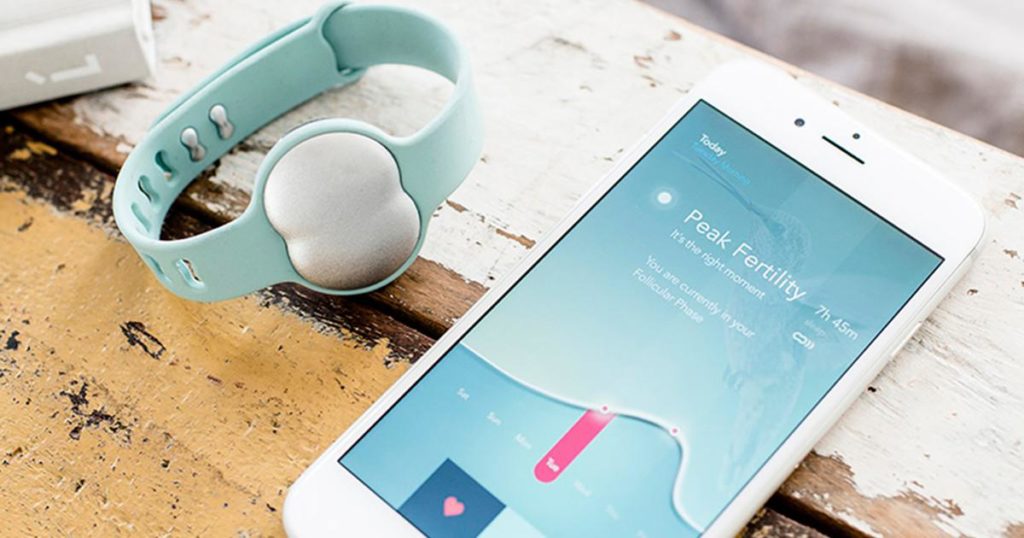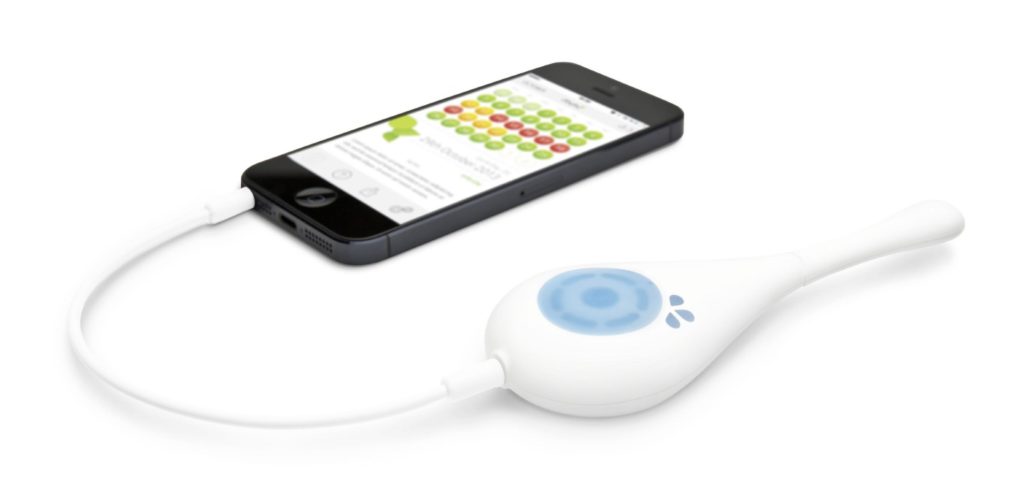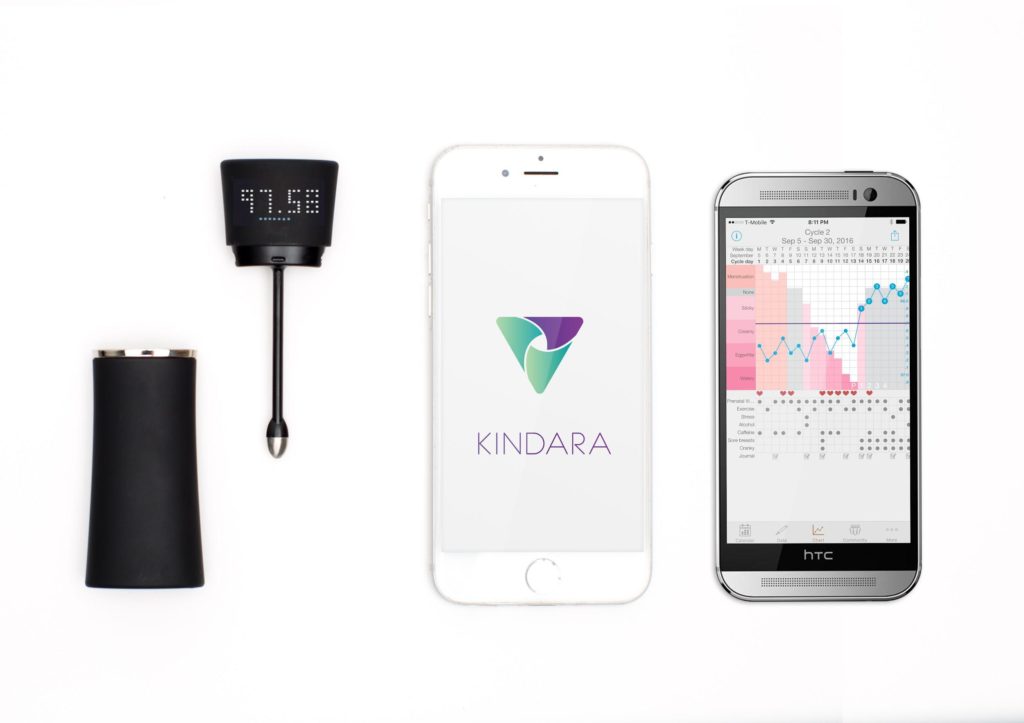Fertility tracking is not a perfect science. So when it comes to fertility monitors your first thoughts are “Why should I pay so much money for a device that allegedly helps me get pregnant?” and “Besides, aren’t all fertility monitors the same? There’s no point in adding that extra expense.” We’re here to demystify some of the popular fertility monitors available by highlighting what makes each one different and why you would use it. Check out our list of devices to consider using before, during, and after your pregnancy.

Photo from Ava
Ava
What It Does: Ava is a Fitbit-like fertility tracking device only worn at night. While you’re sleeping the device’s sensors collects data on nine different physiological parameters that transfers to your smartphone. In the morning you can then check the charts and data collected in the app (iOS or Android) to detect your fertile window, physiological stress level, sleep quality, and more. Ava has been shown to detect an average of 5.3 fertile days per cycle at 89 percent accuracy.
Why Use It: Ava doesn’t use basal body temperature or bodily fluids to detect hormone surges nor does it rely on a single parameter to track your fertility. The device can give you a complete picture of your fertility in real time by detecting the very first signs of the fertile window beginning, and confirming when it ends—all while you sleep soundly.
Ava bracelet ($199) from avawomen.com

Photo from Daysy
Daysy
What It Does: In just 60 seconds a day, Daysy will show you if you’re fertile or not with an accuracy of 99.3 percent. This fertility monitor uses the fertility awareness method (FAM) by learning and tracking your menstrual cycle. Simply use the device to take your temperature under your tongue every morning and confirm your period on the days you have it. Daysy then evaluates the data synced to the app (iOS or Android) and calculates your fertility status for the next 24 hours.
Why Use It: Daysy is an all natural, side effect free, and no charting necessary oral fertility monitor. It takes the fuss out of tracking ovulation manually—all you have to do is take your basal body temperature each morning and track your period when it happens, Daysy does the calculating for you.
Daysy oral thermometer ($330) from usa.daysy.me

Photo from Wink
Wink
What It Does: Like Daysy, the Wink oral thermometer uses the fertility awareness method (FAM) to monitor your fertility. Use the device to take your basal body temperature every morning before getting out of bed and see the data collected on the Kindara app. Wink accurately records your basal body temperature up to 4x faster making it so much easier and effective to manage your reproductive health and achieve your fertility goal.
Why Use It: Wink works in conjunction with the Kindara app to not only track basal body temperature, but cervical fluid and menstruation as well. Your temperature can be taken in about 20 seconds thanks to being designed with a new, high-tech thermistor and algorithm that makes Wink faster, more sensitive, and more precise than the other basal body thermometers available.
Wink oral thermometer ($129) from kindara.com

Photo from Yono
Yono
What It Does: Yono is the world’s first in-ear ovulation predictor. The easy to use, silicone-encased earpiece is worn all night to collect hundreds of data points that sync to your phone after its stored back into its base station. It is the only wearable device that provides continuous body temperature data used to not only record input from users, but also interprets the basal body temperature chart.
Why Use It: Yono isn’t an oral thermometer. Because the device sits in your ear all night, you don’t have to worry about taking your temperature at the same time every day—or worry about getting enough sleep. Yono is perfect for co-sleeping moms who are wakened throughout the night. Bonus: the Yono app (iOS or Android) uses machine learning algorithms to plot a monthly fertility chart for future fertility prediction.
Yono earbud ($149) from yonolabs.com
Bloomlife
What It Does: While this device doesn’t track fertility, you now have the option to know what’s going at the final steps of your pregnancy. Bloomlife keeps tracks of your contractions in real-time. The device, worn day or night, uses sensors to monitor the sensations you feel and automatically counts the contractions. How it works: simply pick a start date to receive your Bloomlife kit and easily return it in the same box after the baby arrives.
Why Use It: Women can have better idea of how her pregnancy is coming along by seeing the long-term history of contractions and measuring the frequency and severity of those contractions. If you’re someone who feels at ease knowing the difference between normal abdominal aches and pains, natural contractions, and signs of complications, this device could be for you. But note, few women experience contractions without knowing what they are, or don’t notice them at all—so the device is not really a necessity.
Bloomlife tracker ($49 one-time setup; $24/month subscription) from bloomlife.com
By: Shanice Perriatt

